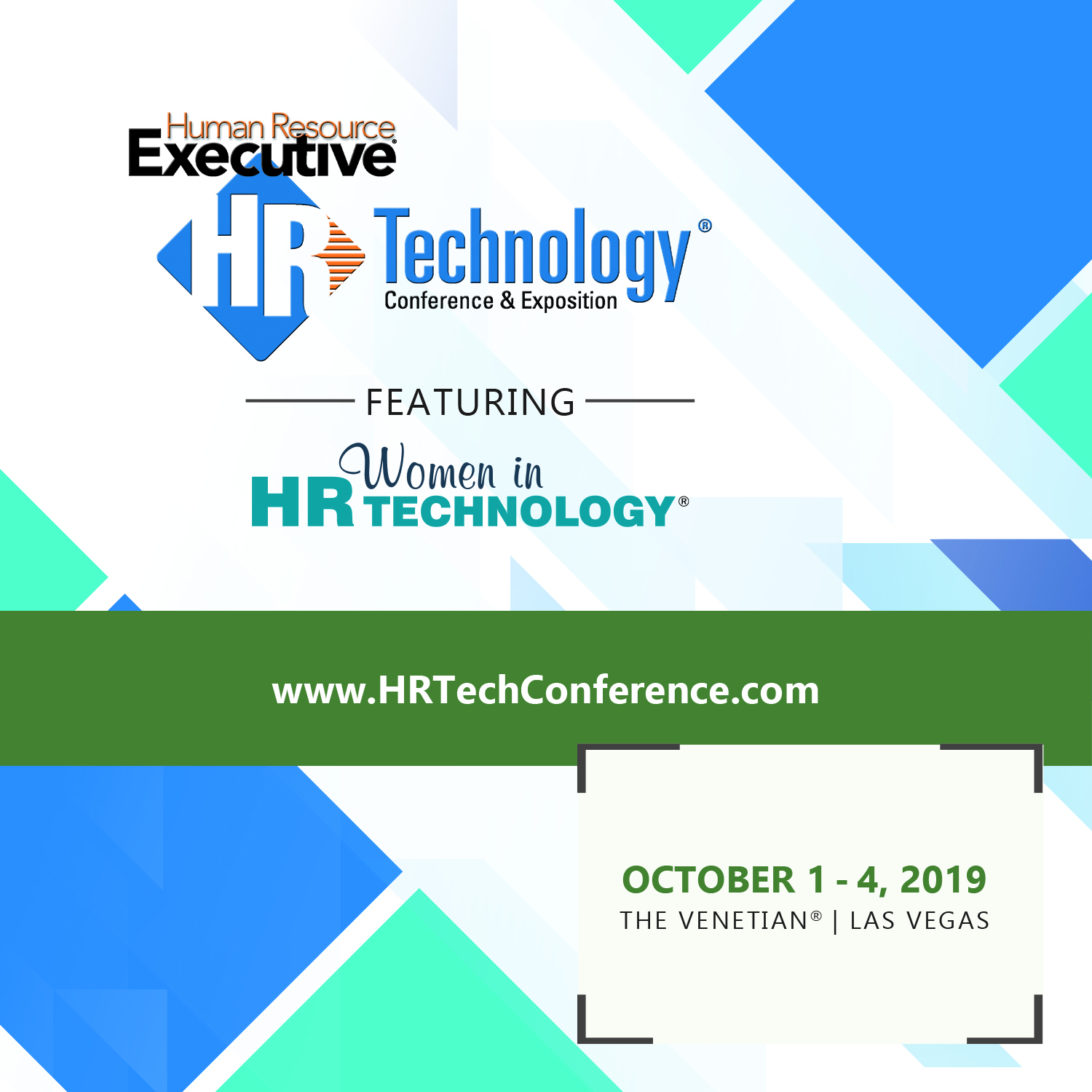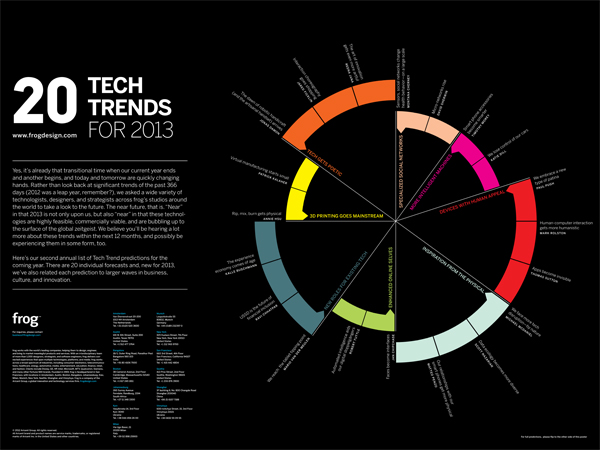Star employees and the assignment of credit
As loyal readers know, I am all about the fashion and as such, am a subscriber and regular reader of GQ Magazine.
In the most recent GQ, buried in an interview with journalist and TV personality Keith Olbermann, who as you might know has kind of a checkered career past and has burned lots of bridges with many of his former employers, like CNN, MSNBC, and ESPN, was an interesting take from KO on how star employees interpret and assign the credit for their success.
Here is the take from Olbermann:
So I don't think there are huge divergences between my personality and what they see on TV. And I think that's why I have been gainfully employed doing this. I'll always deliver what an employer wants. At some point they decide the result is more trouble than they want, or they convince themselves that they have created all this success that I created for them. As in my last prominent employer at NBC, which they're learning that perhaps they were wrong about that.
Olbermann has had lots of success, and been a star or high performer (who eventually flamed out) at every stop along the way. But it would be a mistake to only focus on the flame-outs and not on the psyche of the star performer that Olbermann speaks to so candidly.
Look at that part of the quote again - At some point they decide the result is more trouble than they want, or they convince themselves that they have created all this success that I created for them.
While from the outside, anyone looking at Olbermann's career arc would tend to focus on the 'He is more trouble than he is worth' argument, stars like KO usually see it from the latter point of view - that they themselves are driving success, not the company.
I think the quote provides a really useful reminder for any leader or manager or organization that is grappling with one of those similar 'It is worth keeping this guy/gal around?' kinds of conundrums.
Star performers can be prickly. They can demand a lot. They want to be paid more than your salary range says is permissible. Like Olbermann, they can be a real pain in the a$$.
But before you decide to simply cut them loose and be done with their ego and BS, make sure you ask yourself who is really responsible for their success, and if indeed, it is repeatable or transferable.
It's ok to let the star walk if they want too much, or they become too impossible to work with, but be ready to explain to someone in an expensive suit how the drop-off in organizational performance was worth it.
Have a great weekend!

 Steve
Steve



